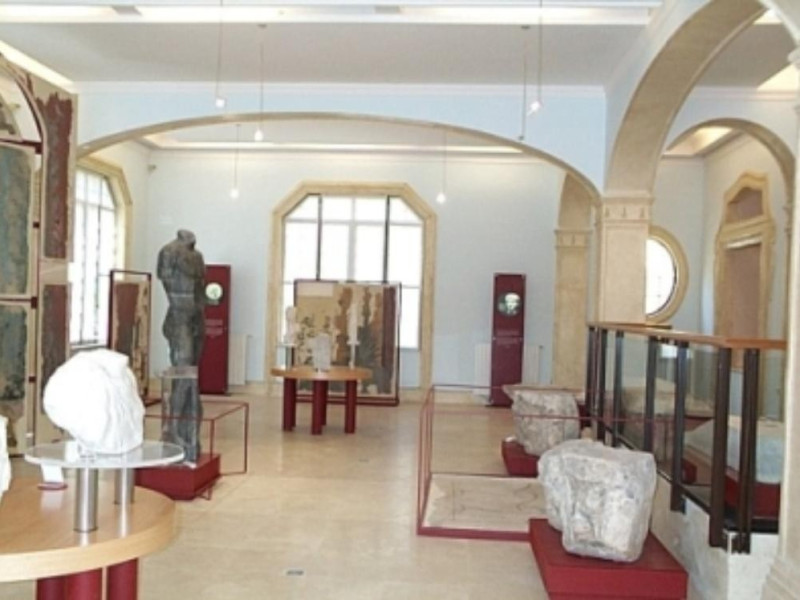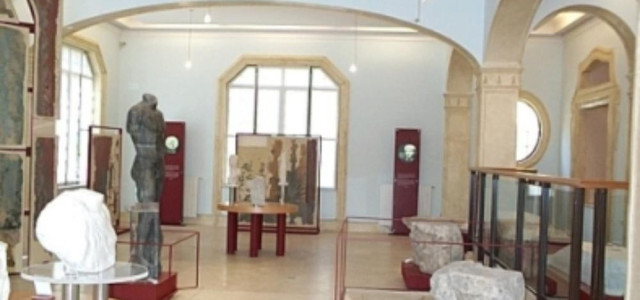Destinazioni - Comune
Anzio
Where
Anzio (Roma)
Anzio (Italian pronunciation: [ˈantsjo]) is a city and comune on the coast of the Lazio region of Italy, about 56 kilometres (35 mi) south of Rome.
Well known for its seaside harbour setting, it is a fishing port and a departure point for ferries and hydroplanes to the Pontine Islands of Ponza, Palmarola and Ventotene. The city bears great historical significance as the site of Operation Shingle, a crucial Allied landing during World War II.
History
Ancient era
Anzio occupies a part of the ancient Antium territory. In ancient times, Antium was the capital of the Volsci people until it was conquered by the Romans.
In 493 BC the Roman consul Postumus Cominius Auruncus fought and defeated two armies from Antium, and as a result captured the Volscian towns of Longula, Pollusca and Corioli (to the north of Antium).
With the latter expansion of Rome it was just far enough away to be insulated from the riots and tumults of Rome. When Cicero returned from exile, it was at Antium that he reassembled the battered remains of his libraries, where the scrolls would be secure. Leading Romans built magnificent seaside villas at Antium. The Julian and Claudian emperors frequently visited it: Gaius Maecenas had a villa at Antium; both Emperor Caligula and Nero were born in Antium; the latter founded a colony of veterans and built a new harbour, the projecting moles of which still exist.
Remains of Roman villas are conspicuous all along the shore, both to the east and to the north-west of the town. Many ancient works of art have been found there: the Fanciulla d'Anzio, the Borghese Gladiator (in the Louvre) and the Apollo Belvedere (in the Vatican) were all discovered in the ruins of villas at Antium.
Of the villas, the most famous was the Villa of Nero at Antium which cannot be certainly identified, but is generally placed at the so-called Arco Muto, where remains of a theatre (discovered in 1712 and covered up again) also exist. It extended along the coast of the Capo d'Anzio some 800 metres (2,600 ft) of seafront. Nero razed the former villa on the site, where Augustus had received a delegation from Rome to acclaim him Pater patriae ("Father of his Country") to rebuild on its foundations a villa on a more imperial scale, which was used by each Emperor in turn, up to the Severans. Of the famous temple of Fortune (Horace, Od. i. 35) no remains are known.
Middle Ages
In the Middle Ages Antium was deserted in favour of Nettuno, which maintained the legacy of the ancient city. At the end of the 17th century Innocent XII and Clement XI restored the harbour, not on the old site but to the east of it, with the opening to the east, a mistake which leads to its being frequently silted up; it has a depth of about 5 metres (16 ft). The sea is encroaching slightly at Anzio, but some kilometres farther north-west the old Roman coast-line now lies slightly inland (see Tiber). The Volscian Antium stood on higher ground and somewhat away from the shore, though it extended down to it. This was defended by a deep ditch, which can still be traced, and by walls, a portion of which, on the eastern side, constructed of rectangular blocks of tufa, was brought to light in 1897. In 1857 Pope Pius IX founded the modern municipality (comune) of Anzio, with the boundaries of Nettuno being redrawn to accommodate the new town.
World War II
Anzio and Nettuno are also notable as sites of an Allied forces landing and the ensuing Battle of Anzio during World War II. The Commonwealth Anzio War Cemetery and Beach Head War Cemetery are located here.
American forces (5th Army) were surrounded by Germans in the caves of Pozzoli in February 1944 for a week, suffering heavy casualties. A movie based on the events called Anzio (1968, directed by Edward Dmytryk) was made, starring Robert Mitchum and based on a book by Wynford Vaughan-Thomas.
On 18 February 1944, the British light cruiser Penelope was struck by two torpedoes off the coast of Anzio and sunk with a loss of 417 crew.
In the same region Eric Fletcher Waters lost his life in battle. His son, Roger Waters, become the lead singer of progressive rock band Pink Floyd. In his honour and remembrance Roger Waters recorded the song "The Fletcher Memorial Home", which is the maiden name of Eric Waters' mother. (Also see "When the Tigers Broke Free".)
Main sights
Along the coast are numerous remains of Roman villas. One, the Domus Neroniana, has been identified as a residence of Nero.
In Anzio can be found the Anzio Beachhead British Military Cemetery and a Beachhead Museum. The Sicily-Rome American Cemetery and Memorial is in nearby Nettuno.
About 8 kilometres (5 miles) north of the town there is a WWF park with sulphur springs and a medieval tower, Tor Caldara.
Near the ruins of the Villa of Nero, in scenic position near the beach, lies the military sanatorium of the Italian army, one of the most important works of Florestano Di Fausto, built in 1930-33.
All along the coast a large number of beaches and sea resorts can be found, including hotels and the famous fish restaurants of the port of Anzio. The city once hosted a Casino that is no longer active and now hosts cultural events. In the southern part of the town, close to the border with Nettuno, are many Italian art nouveau style houses.
Transportation
Anzio is connected to Rome by the Via Nettunense (SS207), the Via Ardeatina (SS601) and by the Roma-Nettuno railway that connects Anzio with Roma Termini in around 1 hour. The railway line also stops in the stations of Padiglione, Lido di Lavinio, Villa Claudia, Marechiaro, Anzio Colonia to the north of Anzio.
Ferries and hydrofoils connect Anzio to Ponza.
Further reading
Antonio Nibby, Dintorni di Roma, i. 181; Notizie degli scavi, passim.
F. Lombardi, Anzio antico e moderno: opera postuma (1865)
P. Brandizzi Vitucci, Antium: Anzio e Nettuno in epoca romana (2000)
This article incorporates text from a publication now in the public domain: Chisholm, Hugh, ed. (1911). Encyclopædia Britannica (11th ed.). Cambridge University Press.
References
External links
Official website (Italian)
Illustrated reconstruction of Nero's Villa (Italian)
Memorials and cemetery from the World War Two battles at Anzio at the Sites of Memory webpage
Illustrated article on the Battle of Anzio at Battlefields Europe
Anzio in the history



